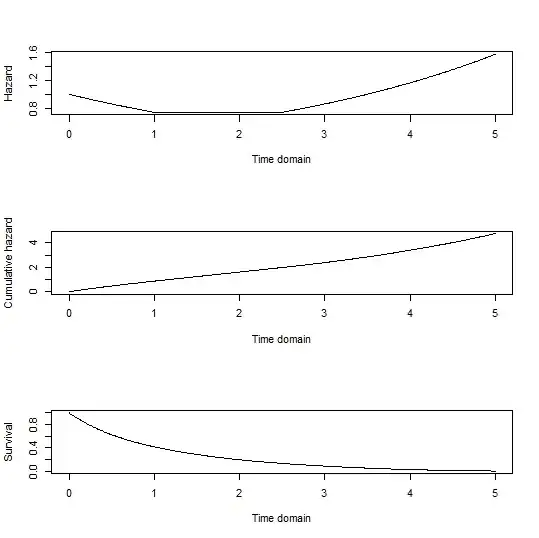Lets say I simulate $X,Y$ and $Z$ from 3 standard normal distributions with pairwise correlations of 0.5, then I calculate the sum $X+Y-Z$. According to https://en.wikipedia.org/wiki/Sum_of_normally_distributed_random_variables#Correlated_random_variables, since $X,Y,Z$ are jointly normally distributed, it seems the sum will be another normally distributed random variable with $\mu = 0$ and
$$ \sigma = \sqrt{ \sigma_X^2 + \sigma_Y^2 + \sigma_Z^2 + 2\sigma_{XY} - 2\sigma_{XZ} - 2\sigma_{YZ} } $$
If, alternatively, $X,Y$ and $Z$ have the same correlation but are not jointly distributed, how does the distribution of $X+Y-Z$ change?
Furthermore, how would I even go about simulating $X,Y,Z$ with pairwise correlations of 0.5 that are not jointly distributed?
